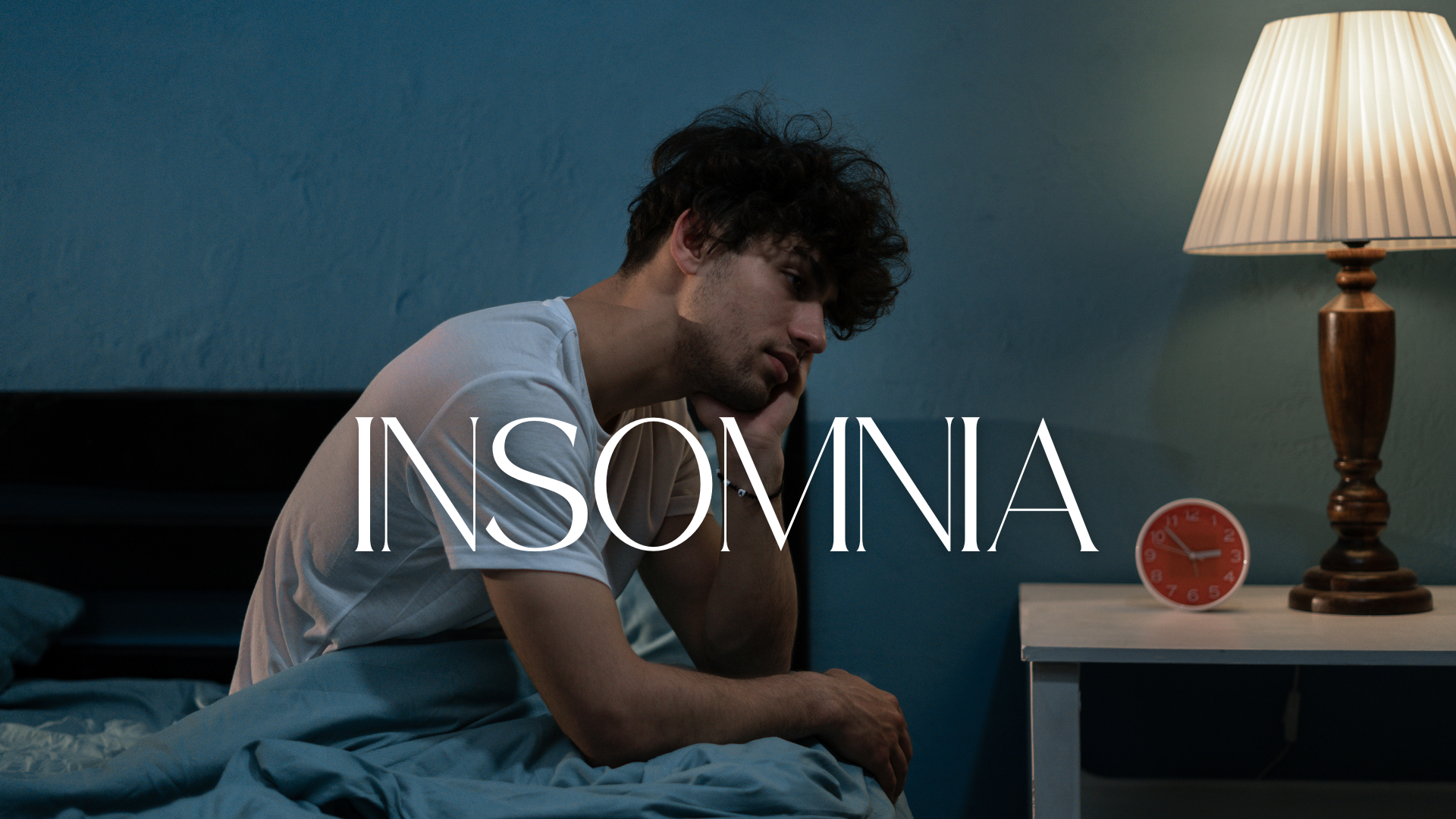Introduction
One of the most important rooms in your house’s utility and appearance depends critically on bathroom lighting. While bad lighting may make even the most gorgeous bathroom seem insufficient, the perfect lighting can turn a boring bathroom into a vibrant, inviting hideaway. In this article, we’ll provide you with practical bathroom lighting tips to help you illuminate your space with style and ensure that your bathroom is both functional and beautiful.
Understanding the Basics of Bathroom Lighting
Types of Lighting
When planning your bathroom lighting, it’s essential to understand the different types of lighting available and how they work together to create a balanced and well-lit space.
- Ambient Lighting: This is the general lighting that fills the room. It provides overall illumination, ensuring that the space is well-lit and comfortable. Recessed ceiling lights or flush mount fixtures are commonly used for ambient lighting in bathrooms.
- Task Lighting: Task lighting is more focused and is used in areas where you need a brighter light for specific tasks, such as shaving, applying makeup, or grooming. Vanity lighting around the mirror is the most common form of task lighting in bathrooms.
- Accent Lighting: Accent lighting highlights specific features or architectural details in the bathroom, such as a piece of art, a unique tile design, or a beautiful bathtub. It adds depth and dimension to the space.
- Decorative Lighting: This lighting is purely for aesthetics and adds to the overall style and design of the bathroom. Chandeliers, pendant lights, and sconces can all serve as decorative lighting elements.
Lighting Temperature
Another important consideration is the color temperature of your bathroom lights. Measuring in Kelvins (K), lighting temperature ranges in warm (soft yellow) to cold (bright white) tones. A lighting temperature between 3,000K and 4,000K is best for bathrooms since it offers a clean, bright light fit for skin tones and is helpful for jobs.
Energy Efficiency
Energy economy should be the first consideration while selecting bathroom lighting. Because it uses less power, lasts longer, and generates less heat than conventional incandescent bulbs, LED lighting is a great option. In addition to lowering your energy costs, LED lighting helps to create more sustainable surroundings.
Choosing the Right Lighting Fixtures
Vanity Lighting
Vanity lighting is perhaps the most important aspect of bathroom lighting. Proper vanity lighting ensures that you have sufficient light for tasks like shaving or applying makeup without causing shadows.
- Side-Mounted Sconces: Placing sconces on either side of the mirror provides even lighting across your face, reducing shadows and giving you a clear view.
- Above-Mirror Lighting: If side-mounted sconces are not an option, consider a light fixture above the mirror. However, ensure it’s positioned correctly to avoid casting shadows on your face.
Ceiling Fixtures
Ceiling fixtures provide general illumination for the entire bathroom. The choice of ceiling fixtures can significantly impact the overall style and ambiance of the space.
- Recessed Lighting: Recessed lights are a popular choice for modern bathrooms. They are discreet, provide ample light, and can be strategically placed to avoid shadows.
- Flush Mount Lights: These fixtures are great for bathrooms with lower ceilings. They provide a sleek and modern look while offering sufficient ambient light.
Shower and Bathtub Lighting
Proper lighting in the shower and bathtub area is essential for safety and relaxation. Waterproof fixtures are necessary in these areas to prevent accidents and ensure durability.
- Waterproof Fixtures: Always use fixtures that are rated for wet locations in the shower and bathtub areas. Recessed lights or small chandeliers can add a touch of luxury to your bathing experience.
Accent Lighting
Accent lighting adds personality and highlights specific areas of your bathroom. Consider these options to enhance the design of your space:
- Under-Cabinet Lighting: This can be used to highlight countertops and provide a subtle nightlight option.
- Backlit Mirrors: These mirrors combine functionality with style, providing a soft glow that adds a touch of elegance to the bathroom.
Tips for Creating an Effective Lighting Plan
Layering Lighting
A well-designed bathroom lighting tips plan incorporates multiple layers of light. By combining ambient, task, and accent lighting, you can create a balanced and visually appealing space. Layering lighting ensures that your bathroom is well-lit for various activities while also highlighting its best features.
Dimmers and Controls
Putting in dimmers and controls lets you change the lighting level to fit your requirements. In bathrooms, where tasks need strong light but softer lighting is desired for relaxation, dimmers are very helpful.
Natural Light Consideration
Natural light might be quite helpful in your bathroom if windows exist. Position mirrors to reflect natural light and then accentuate it with artificial illumination. But respect privacy and think about applying window curtains or frosted glass.
Avoiding Common Mistakes
- Over-lighting or Under-lighting: Striking the right balance is crucial. Too much light can be harsh, while too little can make the space feel dim and uninviting.
- Incorrect Placement: Ensure that lighting is positioned to avoid casting shadows or causing glare, particularly around the vanity area.
Styling Your Bathroom with Light
Matching Lighting to Bathroom Style
Your choice of lighting should complement the overall style of your bathroom.
- Modern Bathrooms: Sleek, minimalist fixtures with cool-toned lighting work well in modern bathrooms.
- Traditional Bathrooms: Warm lighting paired with ornate fixtures enhances the classic look of traditional bathrooms.
- Eclectic Bathrooms: Mixing styles with statement lighting pieces can create a unique and personalized bathroom design.
Using Lighting as a Design Element
Lighting can be more than just functional—it can also serve as a key design element in your bathroom.
- Statement Chandeliers: A bold chandelier can become the focal point of a larger bathroom, adding drama and elegance.
- Color-Changing LEDs: These versatile lights allow you to change the mood of your bathroom with the touch of a button, adding a fun and modern touch.
Complementing Color Schemes
The color design of your bathroom depends much on the lighting. Think about how your light fittings would look against your tile and wall colors. Reflective surfaces such as mirrors and glossy tiles can magnify light, so rendering the space seem bigger and more brilliant.
Practical Considerations
Safety and Code Compliance
Safety should always be a top priority when selecting bathroom lighting. Ensure that all fixtures are installed according to local building codes and are rated for use in wet areas.
Maintenance Tips
Because bathrooms are high-humidity environments, consider easily maintained and cleaned-for fixtures. To maintain light fittings looking their best and operating as they should, routinely dust and wipe them.
Budget-Friendly Ideas
Achieving stylish bathroom lighting tips doesn’t have to break the bank. Consider using a combination of affordable fixtures and strategic placement to maximize light and style without overspending.
Conclusion
Effective bathroom lighting is a blend of functionality and style. By layering different types of lighting, choosing the right fixtures, and paying attention to details like lighting temperature and placement, you can transform your bathroom into a well-lit, stylish retreat. For the best results, consult a professional bathroom service provider who can help you select and install the perfect lighting solutions. Use these bathroom lighting tips to illuminate your space with style and create a bathroom that is both beautiful and practical.


